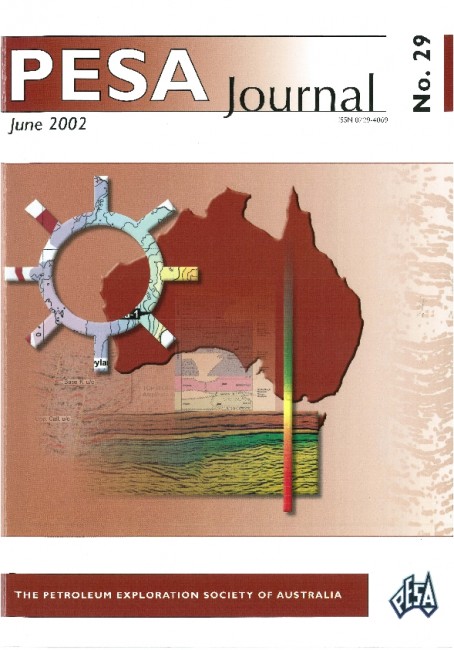Publication Name: PESA Journal No. 29
Authors: J.M. Burgess, A.L. Johnstone, B.F. Schaefer, R.F. Brescianini and P.R. Tingate
Publication Volume: 29
Date Published: June 2002
Number of Pages: 11
Reference Type: Journal Article
Abstract:
The Amadeus Basin currently produces hydrocarbons but has notreceived any great amount of study through the last ten years of
technological advance. A new method of sedimentological
chronology using the decay series of elements Rhenium and
Osmium is applied to basin geology in an attempt to improve
chronostratigraphic resolution. A resulting age of 592? 14 Ma for
the Neoproterozoic Aralka Formation is at least 40 m.y. younger
than previous estimates for this unit. Newly-acquired high
resolution airborne magnetic data has enabled the first full
interpretation of basin geology under Cainozoic cover. Detail of
basin fill exists in the first vertical derivative of magnetics over
broad anomalies provided by highly magnetic basement
lithologies at depth. The new magnetic data has revealed such
interesting geological features as the extent of high frequency
anomalies in the basin's southwest provided by intra-Bitter Springs
Formation volcanics and dendritic palaeochannels in the south.
Depth-to-basement sections were modelled across the basin using
gravity and magnetic datasets to provide an idea of basementcover
interaction as well as a reliable depth to the oldest
petroleum system. The result is a greatly improved vision of basin
geology allowing a much better focussing of exploration effort.


